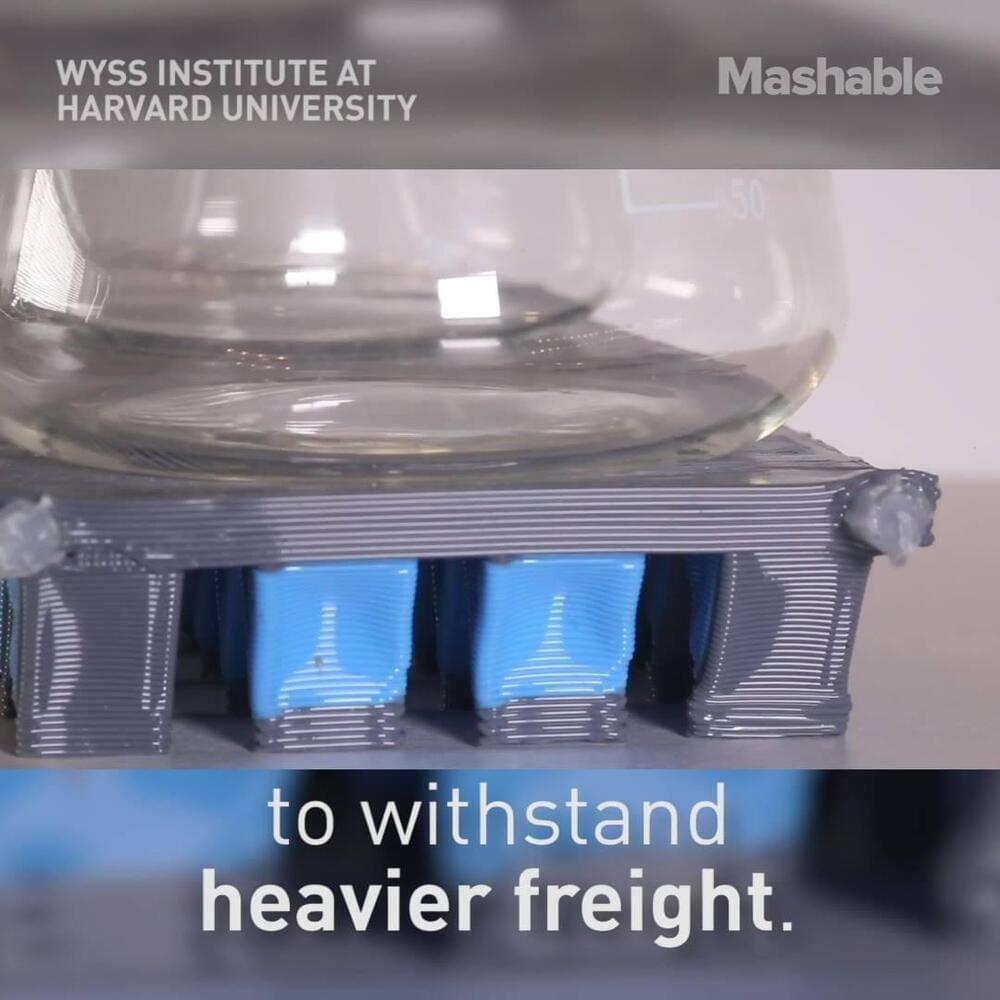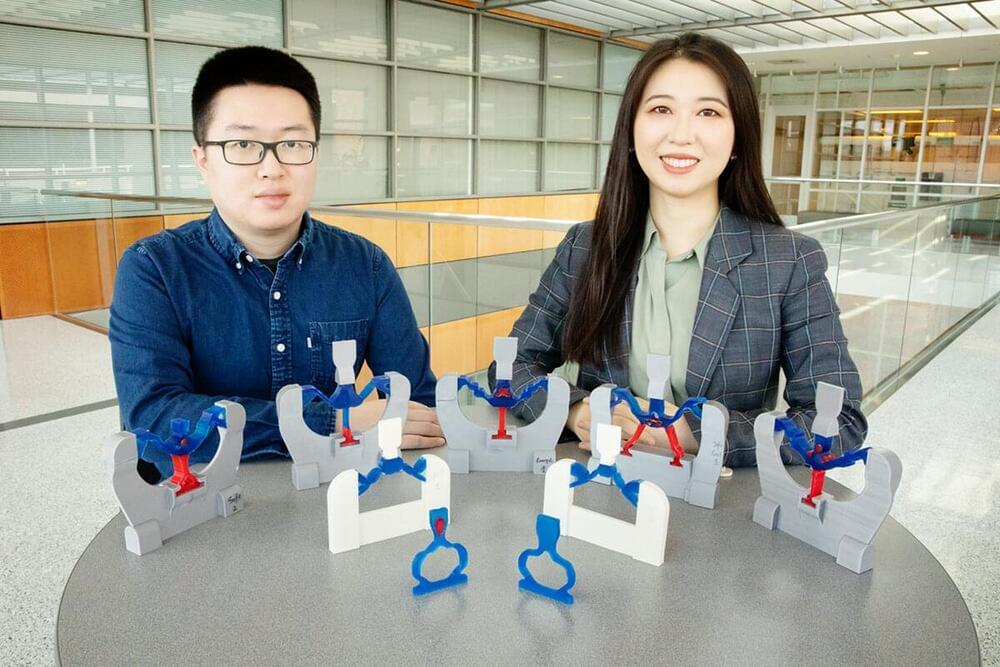Mar 3, 2022
Elon Musk’s claims Neuralink’s brain implants can take ‘photos’ of memories and help paraplegics walk again
Posted by Genevieve Klien in categories: computing, Elon Musk, space travel
Elon Musk has a knack for accomplishing feats that others consider improbable. From blasting rockets into space to becoming the king of the EV industry, Musk is determined to make history.
His latest passion project is Neuralink—a company that is developing a brain implant that will link the human brain directly to computers. He claims this brain-computer interface (BCI) will enable humans to carry out actions through thought alone. One of Musk’s first goals: helping paraplegics regain their independence.
But it doesn’t stop there. The company’s technology, Musk hopes, will one day not only treat but cure brain disorders and even save memories so people can revisit them like photo albums.

















